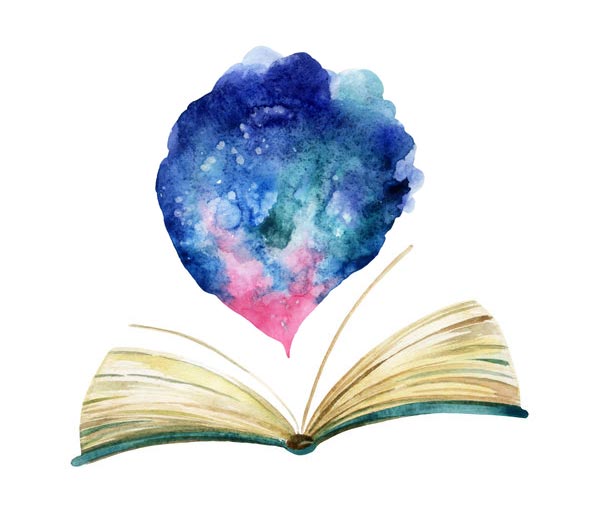Think of your book description as the most important sales pitch of your life. Every word must count, every idea must serve to rope readers in. Too often, indie authors fall short and lose readers to a book with better promo copy.
Every book needs a book description – that teaser promo copy you usually see on a book’s back cover. When done effectively, it signals which audience the book is targeting and captures a reader’s interest. A book description is also invaluable for your author website and other marketing and promotion materials.
At BlueInk Review, we see too many self-published authors with book descriptions that fall flat, potentially turning readers and reviewers off before they can give it a chance.
Here are four common mistakes indie authors make with their book description:
1. It goes unedited
It’s incredible how many times we read an excellent book, with every period and comma in place, only to turn to the back cover and find the book description filled with errors and convoluted copy that leaves us scratching our heads. We can only conclude that the author gave the manuscript to a competent editor, but didn’t feel it was necessary – or just completely overlooked the need – for an editor to work on the book description. The moral of story? Give all the copy – promotional copy included – to an editor before publishing.
2. It lists every plot detail
Your book description is meant to be an enticement, in the same way an appetizer is meant to whet your appetite for the meal to come. Too often we see what amounts to the entire meal laid out in the book description: a summary that mentions every plot twist in the book. If readers know everything that’s coming, why would they bother to read the book? Summarize the plot, but don’t give away all your surprises.
3. It doesn’t specify the genre
Is your book a historical fiction thriller? A young adult drama? A memoir? If readers have to guess the genre after reading your book description, it hasn’t done its job. The purpose of a book description is to attract readers who love your kind of book. Without mentioning the genre, you are likely losing your most enthusiastic readers. State the genre up front; don’t be shy. Use the words at the beginning of the description, as in: “This historical fiction novel follow the exploits of….”
4. It’s an afterthought
Writing an effective book description is an art unto itself. It must describe the salient points of the book, including the story’s most enticing elements, all in one or two artful paragraphs and without giving too much away. Think of it as the most important sales pitch of your life. Every word must count, every idea must serve to rope readers in. If you don’t feel comfortable with this kind of writing, hire someone who does to help you.


Recent Comments